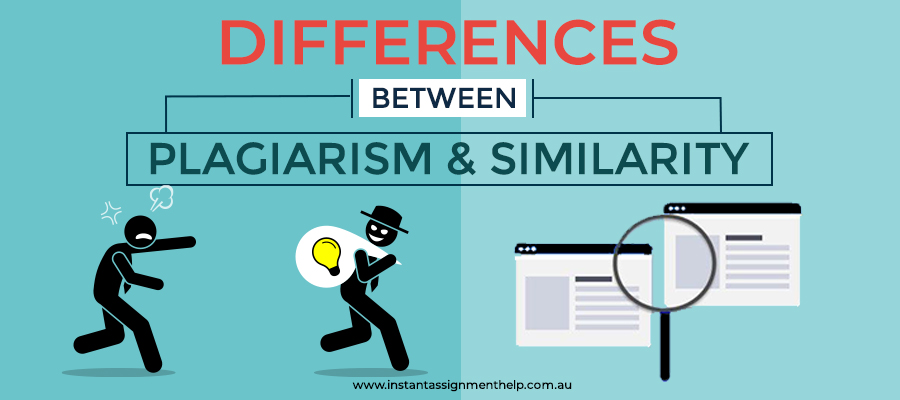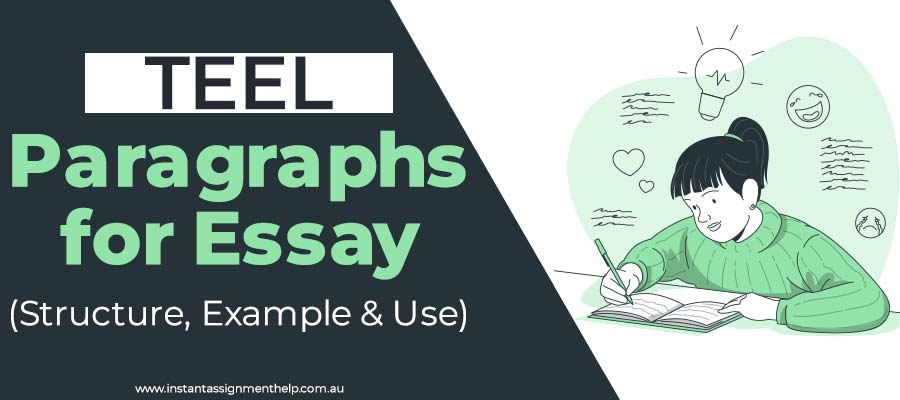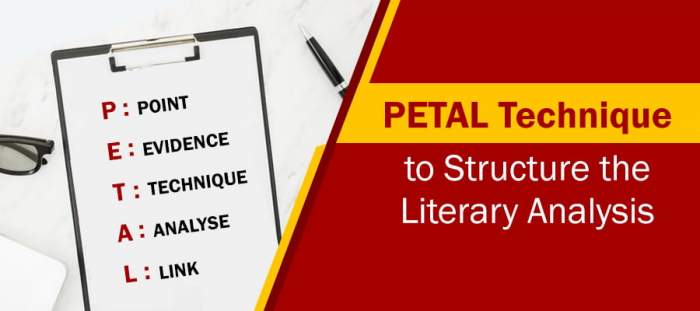Table Of Contents
Students often try to find a way out of their mistakes by presenting them differently. You might have heard students who copy assignments arguing that if every student is writing on the same document, the content will match therefore, it is not plagiarized. While their logic seems legit at first, it is flawed as this factor is counted in similarity, and there are no restrictions or punishment for that. Your document can have similar content, but in no case means that you are free to plagiarize. Confusing right?
Well, that is what we are going to bust in this blog. Students confuse the concepts of plagiarism and similarity with each other and what follows is an academic disaster. Often while writing, students try to take advantage of the fact that the question in the assignment is the same for the entire class. They write answers from each others’ documents trying to pass plagiarism as “similarity’. The sole reason behind it is that they do not understand the differences between the two.
In this blog, let us shine a light on both the concepts and show you exactly how do they differ. Is it just a thin line between them or are they miles apart? You will also find a way to remove both of them from your document at the end of the blog, so make sure you read it till the end!
Plagiarism & Similarity - Definitions
Before we begin with the differences, let us first define each of them and understand what they mean in their literal sense.
Plagiarism- The act of copying or using the content of an author or writer from any source without crediting them properly is called plagiarism. You can also define stealing an idea and then presenting it as your own as attempted plagiarism. It is a practice that has been prohibited by universities and academic institutes as it is a punishable offense. It is usually a matter of ethics, and the consequences include suspension, failure, and other academic punishments. There are times when things get really serious as the matter turns into a legal offense as copyright infringement is a crime.
Similarity- When content is written with limited resources or under certain defined conditions, the people working on the document tend to write similar answers. You can not stop it from happening, but it must occur naturally. The best example to understand it is writing a literature review of a book. Every student has a different mindset and understanding level. They will write sentences similar to each other in the review because the subject is the same, and the facts can not be changed. Sure there can be differences in sentence formation, but the crux is the same, and that is why it is called similarity.
Both these have different scenarios in which they work. Without wasting any time, let us take a look at the key differences between them both, in the next section!
Differences Between Plagiarism & Similarity
Definitions have cleared the understanding of both of these concepts. Let us quickly go through the highlights and major differences between similarity and plagiarism in the following table.
|
S No. |
Plagiarism |
Similarity |
|
1. |
It is an act of copying directly from a source. |
It is a naturally occurring property of a document when students work on a similar task. |
|
2. |
No credits are given to the sources if the content is plagiarized. |
Proper credits are given. However, the credits and the sources also match in two documents. |
|
3. |
It has some serious consequences both academically and legally |
There are no consequences of this as students can not help it from happening |
|
4. |
Plagiarism is sometimes intentional. |
Similarity can never be intentional and is purely based on coincidence |
|
5. |
It can be detected in tools to rectify. |
All tools do not deal with similarity as it is okay for professors |
Plagiarism and similarity are in no way similar to each other as the use cases, the outcomes, and the chances of occurring are miles apart. The reason why students get confused is the fact that they do not want to agree that they have copied and what is the best excuse for justifying plagiarism? You guessed it right! Similarity. The concepts are clear and square in front of you. We can confer that they both look like they have just a thin line between them but in reality, they are miles apart.
Want to Submit Quality Documents With Original Content? Reach Out to Us!
Now that you know the difference, you might have got the answer to why your professor deducted your marks that day? It was because what you tried to pass under the disguise of similarity was caught as plagiarism and that is never tolerated in academics. If you want to polish your work before you write it, or you always want to ensure that you only submit quality documents, you must check your document for plagiarism before submission.
Yes, even if you have done something and want to slide it through in the name of similarity you need assurance that a plagiarism checker will not catch that sentence. Use our professional plagiarism checker tool to get a solid idea about the quality of content. Many professors use it to check their student’s papers, and you have the chance to double-check your work.
In case the results show copied content, you do not have to worry as you can ask our experts to write it for you, all original without worries! Submitting quality documents with Instant Assignment Help Australia is no longer a tough task!
We hope you might have got a decent idea about the differences between plagiarism and similarity, Good Luck!
You May Also Like:
USD6
-
Topic CreationUSD 3.87
-
OutlineUSD 9.33
-
Unlimited RevisionsUSD 20.67
-
Editing/ProofreadingUSD 28
-
FormattingUSD 8
-
BibliographyUSD 7.33
RECENT BLOGS











